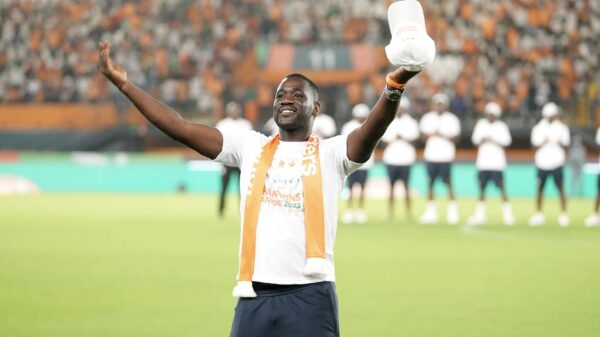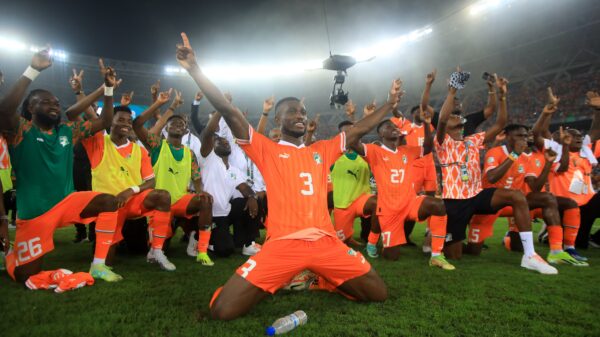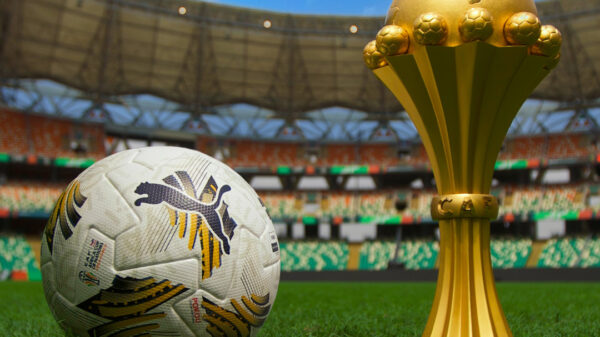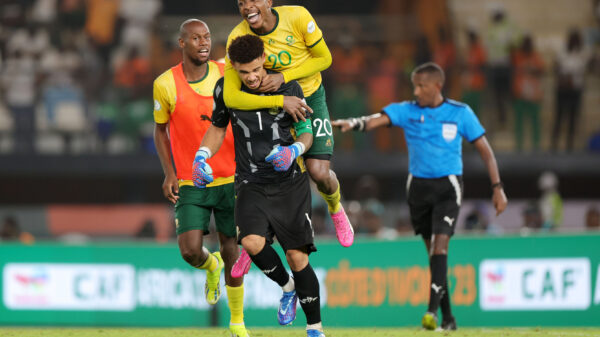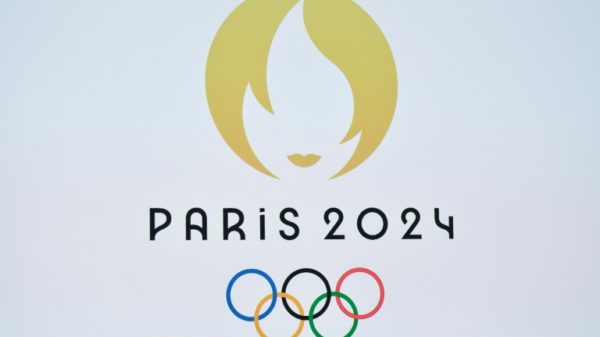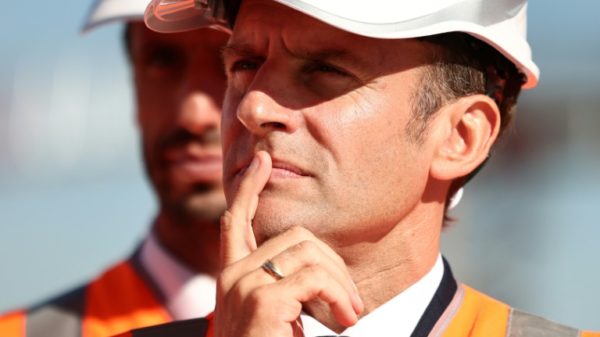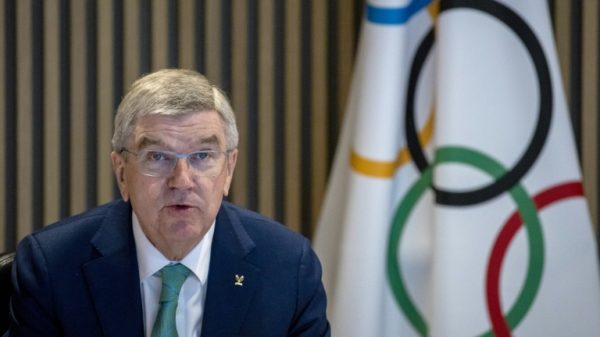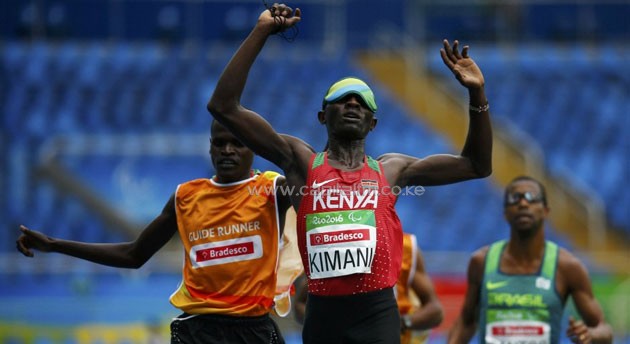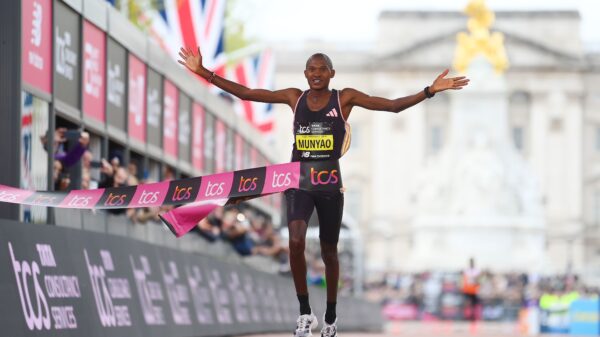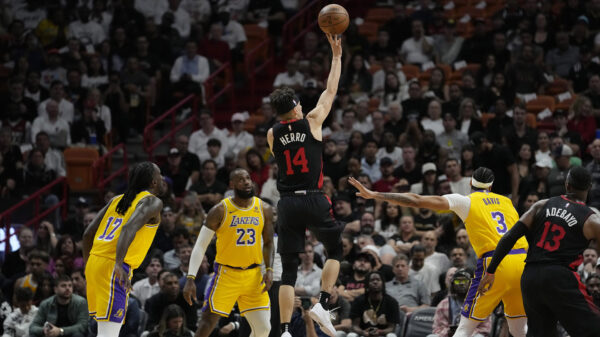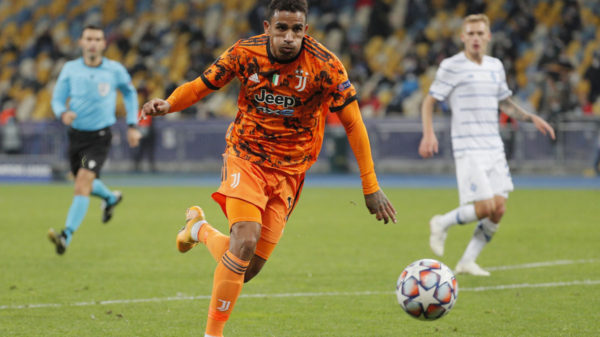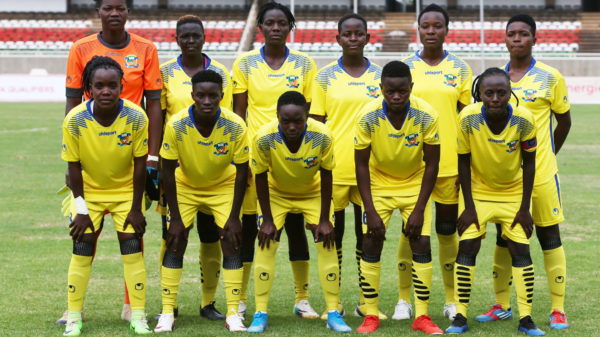LONDON, United Kingdom, July 22 – Tottenham Hostpur received lots of praise last season for their distinctive identity and philosophy, being described by Quique Sanches Flores as “animals”.
However, based on Mauricio Pochettino’s recent activity in the transfer market, it seems a change of tactics may be on the cards. Rather than buying backup for Lamela, Chadli and Son out wide, he has added to the already strong spine of the team in signing Victor Wanyama.
Undoubtedly the high intensity pressing style will not be sacrificed, with Pochettino emphasising the importance of this philosophy repeatedly, nonetheless the structure in which this playing style is enacted looks set to change.
The signing of Wanyama will likely be for the first team, and the chance to test themselves against the European elite means a rethink in N17 may be required.
Last season in the Premier League, Tottenham relied heavily on their marauding full backs (Rose and Walker) to provide the width and stretch the play in attack.
Crucial to the system Spurs adopted was the crowding of the central areas of the pitch with the same 4 central midfielders (Dier, Dembele, Alli and Eriksen) starting almost every game in the league.
The lack of out and out traditional wingers highlights the narrow nature of Spurs’ set up, and it doesn’t look set to change next season.
Pochettino was quick to sell on Lennon and Townsend, and it doesn’t look like Chadli will feature in his long term plans. Lamela is mostly played as an inverted winger, always looking to cut in, freeing up the space for Walker to overlap.
A balance has been struck between stretching the play with the wing backs and a simultaneous overloading of central areas in the midfield.
Despite this oversimplification of Tottenham’s formation last year, it is clear to see that it was this abundance of talent in the centre of the park that lead Pochettino’s team to their highest ever Premier League finish, and earned the plaudits of managerial colleagues and media pundits alike.
-Central defence-
Eric Dier, playing as a central defensive midfielder, shielded the centre backs, allowing the full backs to push on without any adverse effects defensively.
The freedom Dier provided to Alli and Eriksen to support Kane, and quick transitional play meant the lack of width was not an issue but rather a strength. This has traditionally been a foreign concept for English football and something that teams have struggled to get to grips with.
The likes of Bale and Ronaldo were often lauded for their exerts on the wing in England whereas in Spain they are unquestionably used through the centre.
In Europe where tactical developments such as these have been more readily adopted, Tottenham will have to be willing to adapt and evolve, especially against superior teams on the continent.
Perhaps it is with this in mind, Pochettino has signed Victor Wanyama from Southampton, meaning that Tottenham now have central midfielders in excess.
One assumes Bentaleb, Mason and Carroll will be sent out on loan or sold, but nevertheless it appears that a change of system may be on the cards.
With the challenge of Champions League football, and an injured Vertonghen, the 4-1-2-2-1 that provided Spurs with so much success last year is not necessarily the most suitable system for all occasions.
Against stronger opposition in the Champions League, Pochettino has the option to play a double-pivote system with both Dier and Wanyama, or Dembele taking on a more defensive role, rather than just the one midfielder protecting the defence.
-Play formation-
A more traditional 4-2-3-1 would mean one of Eriksen or Alli playing just behind the centre forward, rather than both of them in a more advanced role as per last season.
If there was one weakness that the final 4 weeks of Tottenham’s season highlighted, it was a lack of depth after Dembele and Alli were banned.
But the signing of a more defensive midfielder does not directly address this issue. The challenge for Pochettino is to find a balance in midfield that does not threaten the success of his system from last season.
Pochettino is not afraid to adapt, even if the emphasis is on how his team plays rather than negating the opposition.
It would be naïve to assume otherwise. For example last season against Watford, he dropped Eric Dier into the centre of defence and played a back 3, in order to combat the prolific front 2 of Ighalo and Deeney. Further corroborating this analysis, are the strong links to the signing of Dutch league top-scorer Vincent Janssen and rumours of more central midfield additions.
There are now many tactical options which were previously lacking, and it will be interesting to see if and how Tottenham adapt next season.
Even though there has not been a massive upheaval in personnel as with the two Manchester clubs, Paul Mitchell (Head of Recruitment) and Mauricio Pochettino are by no means resting on their laurels and are fully switched on to what needs to be done.
With one of the most settled squads going into the new season, it would be easy to assume that not much will change.
-Changes-
The chances are that the set up does not change drastically from last season.
But options to tweak it now exist where they did not before and Pochettino has a freer hand to set up how he so desires, and adapt the shape in order to best execute his strategy.
The key tenet of his philosophy lies in the transition phase of play. This means the gap between defending and attacking and vice versa.
There has been a lot of focus on the pressing side of the defensive game Spurs have adopted, but the same principles of transition also apply to attack.
The dynamic nature that saw Tottenham penetrate opposition defences is totally dependent on the quick offloading of the ball from the centre backs and the stretching of the play from the full backs.
This philosophy won’t necessarily change with the system, but the general trend of playing without the ball delivering a lot of success (as shown by Leicester) means Spurs must adapt, especially against much stronger opposition in Europe.
This needs to all be taken with a pinch of salt, and the season still is a way off, but it would be surprising if Wanyama was not signed for the first team.
One thing is certain, and that is that if anything, Pochettino’s philosophy will be developed further and competition for places in the centre of the park can only fuel this process.
-By Outside off the Boot-






